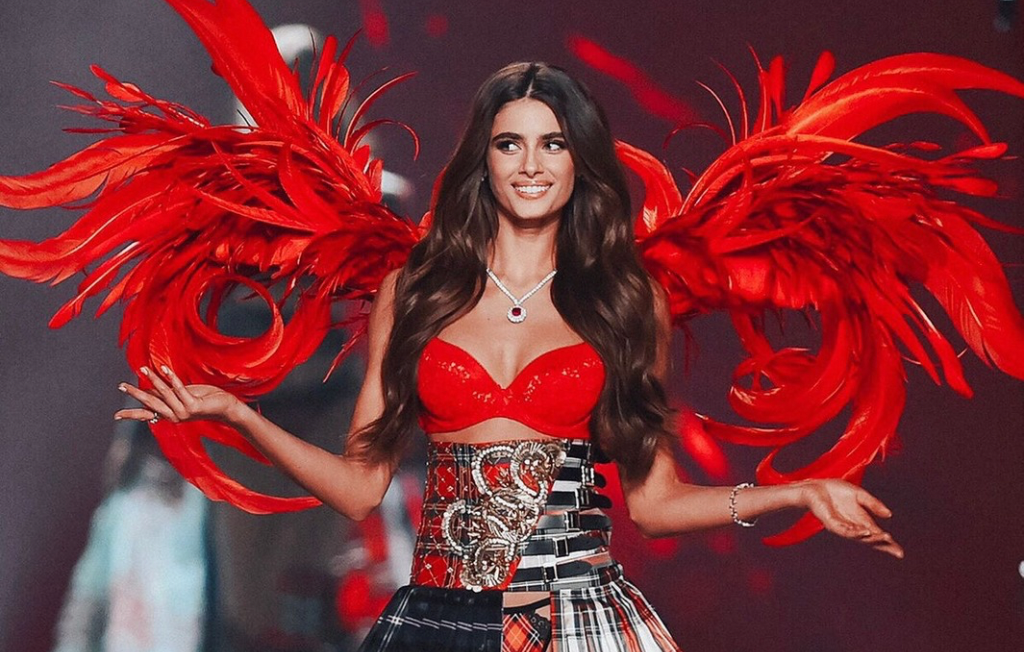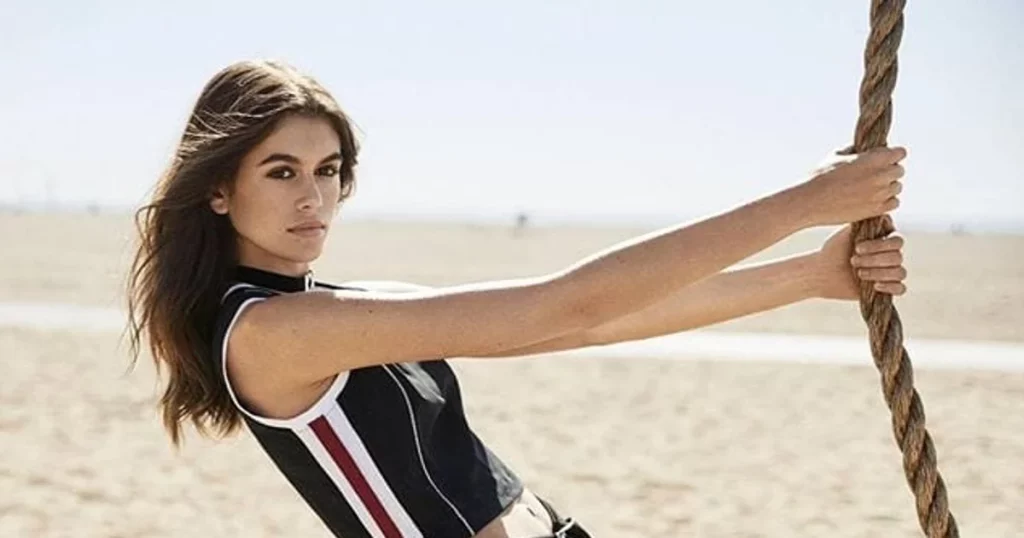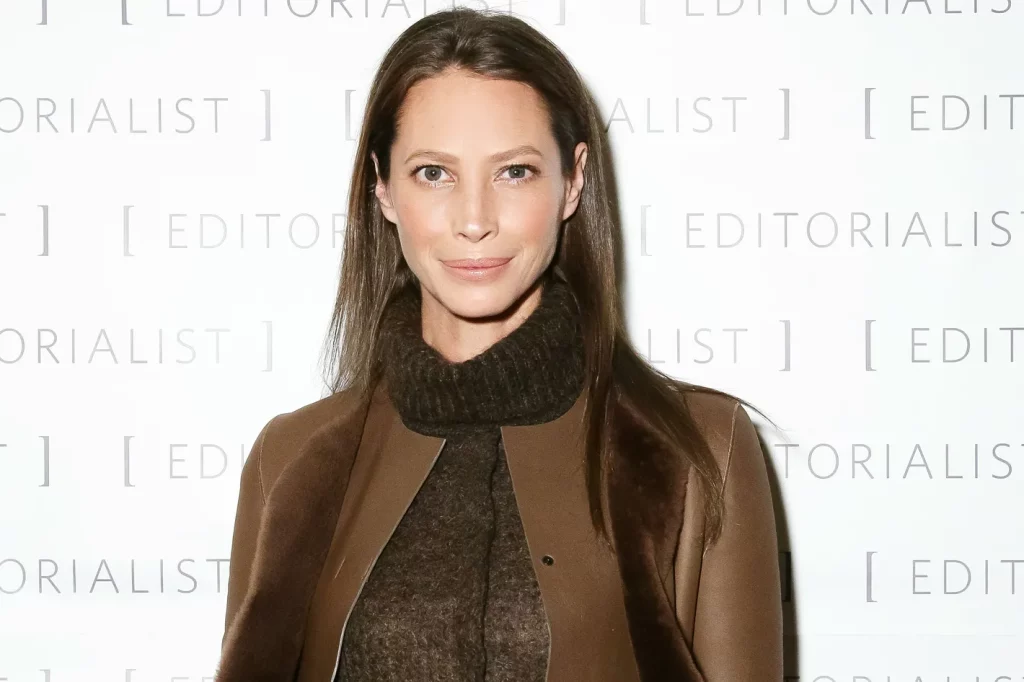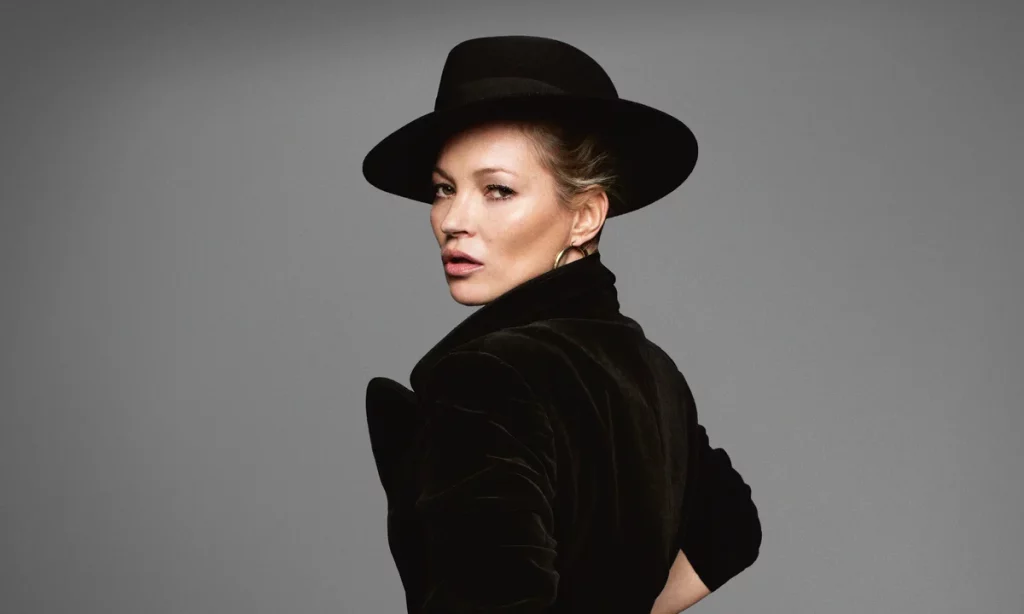What is Fashion?

Fashion is more than just clothing; it’s a reflection of culture, history, and societal norms. In this comprehensive exploration, we delve into the origins of fashion, its various definitions, and its evolution over time. From ancient civilizations to modern-day runways, fashion has continuously evolved, influenced by economic, social, and cultural factors.
Fashion isn’t merely about what we wear; it encompasses a myriad of elements, including clothing, footwear, accessories, cosmetics, and jewelry. It’s the art of combining these components to create unique styles and trends that convey social status, self-expression, and group belonging.
The term ‘fashion’ derives from the Latin word ‘Facere,’ meaning ‘to make,’ highlighting its creative essence. Throughout history, fashion has been a means of expression, allowing individuals to showcase their identity and cultural affiliations through their attire.
History of Fashion
The history of fashion is deeply intertwined with societal changes and cultural shifts. In ancient Rome, for example, changes in clothing often coincided with economic and social transformations. Similarly, in medieval Caliphates, fashion evolved in response to political and cultural influences.
One notable figure in fashion history is Ziryab, a musician who introduced sophisticated clothing styles to eighth-century Moorish Spain, blending seasonal and daily fashions from Baghdad with local inspiration. This fusion of influences demonstrates how fashion has always been a reflection of cultural exchange and innovation.
Fashion in Different Cultures
Contrary to popular belief, non-Western cultures have a rich history of fashion evolution. Early Western travelers often inaccurately portrayed countries like India, Persia, and China as static in terms of fashion. However, historical evidence reveals a dynamic and diverse fashion landscape in these regions, characterized by rapid changes and stylistic innovation.
In China, for example, clothing was not just a form of attire but a reflection of social hierarchy and cultural norms. Sumptuary laws regulated clothing based on gender, social status, and occupation, highlighting its significance in Chinese society.
Fashion as a Global Phenomenon
Today, fashion transcends geographical boundaries, thanks to globalization and digital connectivity. Trends emerge from diverse cultural influences, spreading rapidly through social media and online platforms.
The fashion industry itself is a complex ecosystem, comprising designers, manufacturers, retailers, and consumers. High fashion, epitomized by haute couture, represents the pinnacle of creativity and craftsmanship, often reserved for the economic elite. However, initiatives like Couture Fashion Week in New York aim to democratize fashion, making it more inclusive and accessible.
The Sustainability Imperative
In recent years, the fashion industry has faced growing scrutiny over its environmental impact and ethical practices. The rise of fast fashion, characterized by mass production and disposable clothing, has led to concerns about waste and exploitation.
To address these challenges, many brands are embracing sustainable practices, from eco-friendly materials to ethical sourcing and transparent supply chains. Consumers, too, are increasingly prioritizing sustainability, driving demand for ethical fashion alternatives.
Fashion as Art and Self-Expression
At its core, fashion is a form of artistic expression, allowing individuals to showcase their unique tastes and sensibilities. Like any art form, fashion can be subjective, with personal style serving as a means of self-fulfillment and identity.
Designers draw inspiration from diverse sources, ranging from art and culture to nature and everyday life. Each collection tells a story, reflecting the designer’s vision and the zeitgeist of the moment.
Conclusion: Fashion as a Reflection of Society
Fashion is more than just a fleeting trend; it’s a reflection of society’s values, aspirations, and collective identity. From ancient civilizations to modern-day runways, fashion has evolved in response to changing cultural, economic, and social dynamics.
As we navigate an increasingly interconnected world, fashion continues to serve as a universal language, bridging diverse cultures and perspectives. By embracing sustainability and inclusivity, the fashion industry can pave the way for a more equitable and conscious future.









